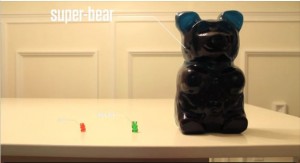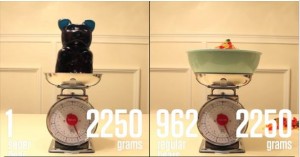Which Internet plan is better?
During this lesson, students explore linear relationships in real-world problems to determine the best plan for their Internet needs. The lesson relies heavily on student discourse and reasoning in comparing scenarios as well as procedural fluency in creating tables, graphs, and equations to represent data.
Students will receive a brief scenario about someone shopping for an Internet access plan. One plan includes an initial usage fee followed by a constant rate per minute of Internet access. Rather than receiving these rates in the problem, students are expected to find them using a few given data points. Once these rates are found, students will be presented with a new plan that contains different rates and fees. Students will repeat the process (working toward procedural fluency) and compare the two plans. Because this is a modeling activity, students will be largely left alone with their groups to find solutions. The teacher should play a passive role, asking guiding questions and helping students discover new knowledge for themselves rather than lecturing and giving out answers.
Through the practices of modeling and discourse, students will be better able to grasp the concepts in the CCSS content standards. Students are not only expected to solve the problem accurately, but to model the problem using multiple methods and justify their answers using mathematical reasoning. As students work to solve the problem, they will be expected to model their data using an x-y table, a graph, and a linear equation. Students will share their findings with their peers and work together to compare both Internet plans. More discussion will ensue as students decide which life factors will affect their choice of Internet plan (how much Internet a person would use in a month, etc.). These discussions and group-oriented work will help students attain a deeper, more holistic understanding of linear relationships.
The lesson addresses the following Common Core State Standards:
CCSS.MATH.CONTENT.8.F.B.4
Construct a function to model a linear relationship between two quantities. Determine the rate of change and initial value of the function from a description of a relationship or from two (x, y) values, including reading these from a table or from a graph. Interpret the rate of change and initial value of a linear function in terms of the situation it models, and in terms of its graph or a table of values.
CCSS.MATH.CONTENT.8.F.B.5
Describe qualitatively the functional relationship between two quantities by analyzing a graph (e.g., where the function is increasing or decreasing, linear or nonlinear). Sketch a graph that exhibits the qualitative features of a function that has been described verbally.
CCSS.MATH.PRACTICE.MP3 Construct viable arguments and critique the reasoning of others.
CCSS.MATH.PRACTICE.MP4 Model with mathematics.
Follow our lesson plan here: Modeling Linear Functions Lesson Plan.
By Brittany Stevens, Samantha Hibbard, Juliana Golding, and Bill Munson



